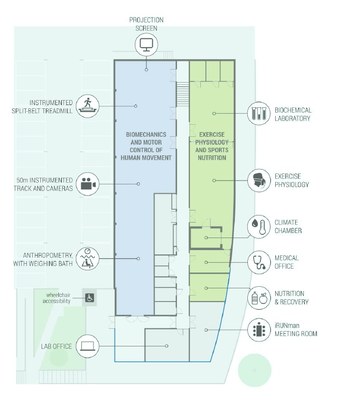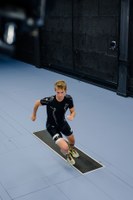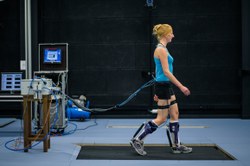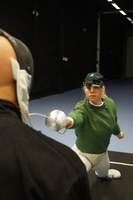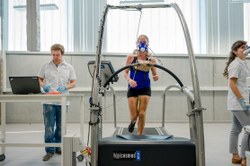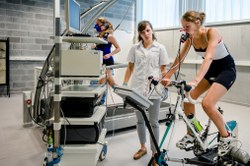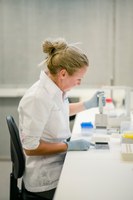Sport Science Laboratory - Jacques Rogge
The Sport Science Laboratory – Jacques Rogge delivers outstanding innovative scientific research in the field of movement and sports sciences and translates this in actual societal applications.
Interesse in sport en wetenschappelijk onderzoek ? Word onze proefpersoon!
In het Sport Science Laboratory - Jacques Rogge van de vakgroep Bewegings -en Sportwetenschappen focust het onderzoek zich onder andere op inspanningsfysiologie, voeding en fysiologie en op biomechanica van wandelen en lopen.
We zoeken geëngageerde enthousiaste vrijwilligers om deel te nemen aan studies binnen het Sport Science Laboratory. Iets voor jou ? Lees dan hier alle nodige informatie
About the Sport Science Laboratory – Jacques Rogge
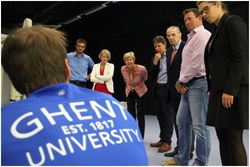
Dr. Jacques Rogge: “Sports science benefits sport and physical activity participation of everyone in our community, from the youngest to the oldest and from recreational to elite. It is an established scientific field with rigorous research methods covering expertise from a broad range of disciplines in a multi-disciplinary setting. Let it be beneficial for all.”
Goals
- Develop novel scientific insights in the various disciplines of movement and sports sciences
- Actively pursue technology transfer through the Victoris consortium of the Industrial Research Fund and aims to valorize findings towards society and industry
- Offer excellent research infrastructure and expertise to research groups and companies, for observational and interventional experiments on human exercise and locomotion
- Support high-quality academic education and training
Research units
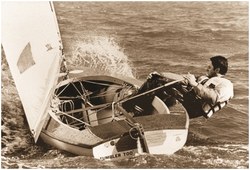
- Research Unit of Biomechanics and Motor Control of Human Movement
- Research Unit of Exercise Physiology and Sports Nutrition
- Research Unit of Sports Management
- Research Unit of Sports Pedagogy
- Research Unit of Physical Activity, Fitness and Health
Research infrastructure
Biomechanics and Motor Control of Human Movement
Our complementary research infrastructure is embedded in a 260m² (4.5m high) laboratory hall allowing to study three dimensional kinematics and kinetics of gross motor skills without any encumbrance.
The specialist measurement systems possess high spatial and temporal resolutions:
- marker-based motion capture systems (Qualisys Oqus and ProReflex)
- markerless motion capture with automated visual analysis
- high speed video cameras
- ground reaction force registration with multiple force plates (Kistler, AMTI)
- high speed plantar pressure plates (RSscan)
- force-instrumented and inclinable split belt treadmill (Bertec)
- wireless electromyography (16 channel Noraxon)
- various force, acceleration and inertial sensors.
Specialist software is used for modeling and inverse dynamics (Visual 3D). For research on issues such as anticipation and decision-making we have a life-size video screen, head-mounted and head-free eye tracking systems (SMI RED, SMI HED).
(foto 1 & 2: Cedric Verhelst, 3: Pieter Fiers)
Exercise Physiology and Sports Nutrition
Research infrastructure includes a research kitchen, a biochemistry lab for blood and muscle sample analysis, a hydrostatic weighing tank for body composition and a climatic chamber for thermoregulatory and hydration experiments.
The exercise physiology infrastructure is centralized around a large climatized exercise lab, containing commercial and custom-built ergometers for running, cycling, rowing and sailing.
State-of-the-art equipment for oxygen uptake analysis (static and portable systems), blood gas and lactate analysis and near-infrared spectroscopy (for tissue oxygenation) are available.
A medical cabinet is present for more invasive procedures (e.g. muscle biopsies).
(foto's: Cedric Verhelst)
Floor map
